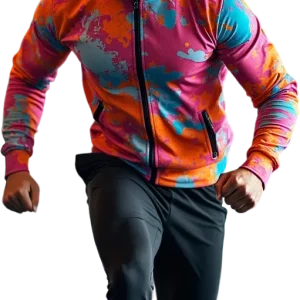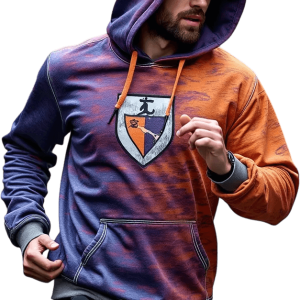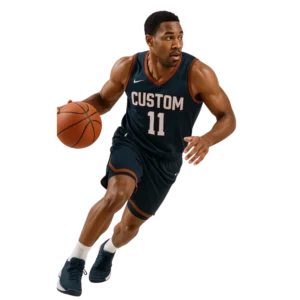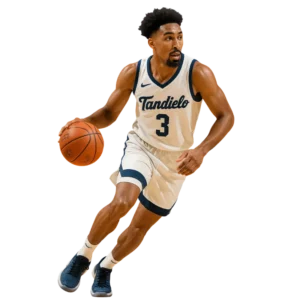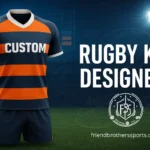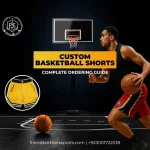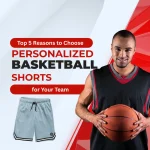Sublimated Custom Tracksuits
Learn MoreSublimated Custom Hoodies
Learn MoreSoccer Uniforms
Learn MoreRugby Uniform
Learn MoreReversible Basketball Uniforms
Learn MoreIce Hockey Uniforms
Learn MoreFootball Uniforms
Learn MoreDarts Shirts
Learn MoreCustom Soccer Socks
Learn MoreCustom Soccer Shorts
Learn MoreYour Trusted Sportswear Clothing Manufacturer
Friend Brothers Sports is a trusted name in the world of athletic apparel, helping brands, businesses, and teams bring their vision to life. With a focus on quality, durability, and style, this manufacturer delivers apparel designed for performance and comfort.
About Friend Brothers Sports
Based in Sialkot, Friend Brothers Sports is more than just a clothing manufacturer. The company has years of experience in creating high-performance garments for athletes, teams, and retailers worldwide. By combining cutting edge technology with skilled craftsmanship, the brand ensures every product meets the highest standards of quality and functionality.
From fitness apparel to custom fashion-forward activewear, the business stands out as one of the leading sportswear manufacturers known for flexibility, innovation, and reliability.
Our Products
Friend Brothers Sports manufactures a wide range of clothing and apparel designed for sports and lifestyle use. The product categories include:
Why Choose Friend Brothers Sports?
Friend Brothers Sports has become a go-to manufacturer for businesses and retailers worldwide because of its commitment to:
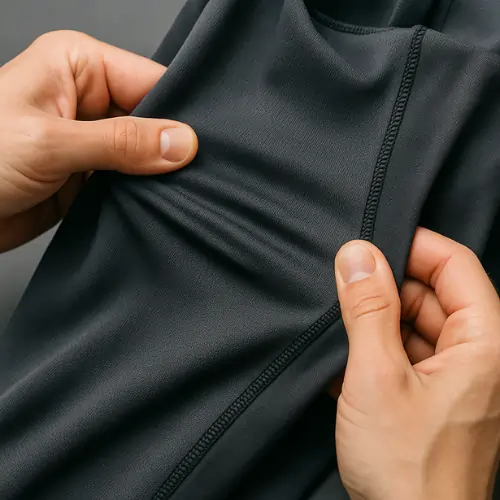
Quality & Durability
only premium fabrics and advanced production methods are used.

Customization Options
from colors and logos to embroidery, every order is made to match a brand’s unique style.
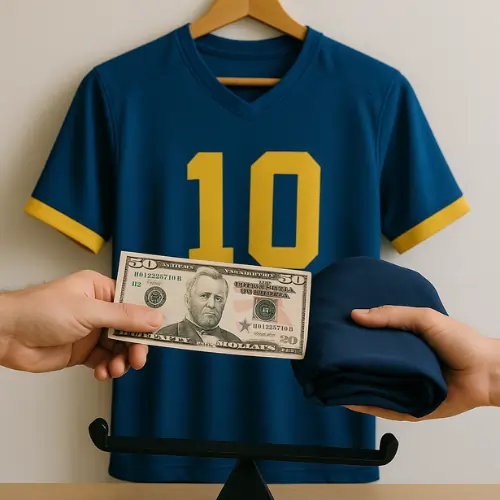
Competitive Pricing
delivering value without compromising functionality.
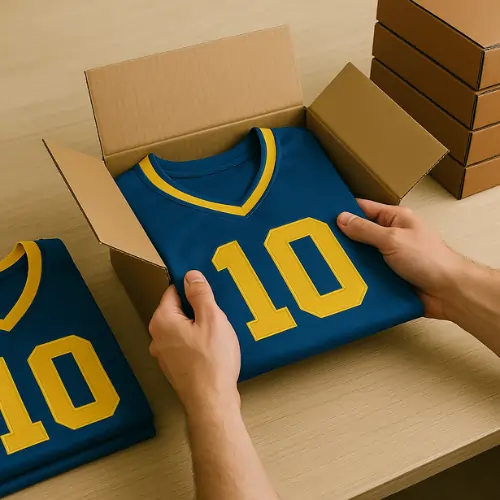
Fast Turnaround
efficient manufacturing ensures timely delivery of all products.
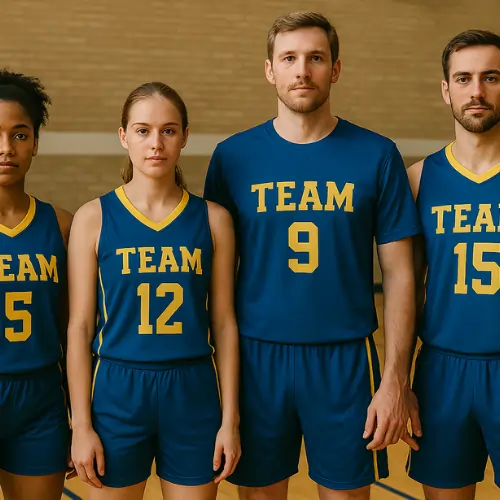
Trusted by Teams & Brands
reliability proven across global sports markets.
Our Manufacturing Process
The manufacturing process at Friend Brothers Sports is designed to make ordering easy and efficient:
- Share Your Design send your concept, logos, or customization requests.
- Sampling & Approval get a sample of your chosen garments for quality confirmation.
- Production Large-scale manufacturing begins with precision and cutting edge technology.
- Delivery – the finished products are shipped worldwide with care and reliability.
Visuals From Factory
Made in Pakistan
At Friend Brothers Sports (formally FBS), a trusted name among Sports Clothing Manufacturers in USA and leading sportswear manufacturers, we specialize in delivering premium sportswear and custom sports uniforms tailored for athletes across various sports disciplines. Whether you’re gearing up for the gridiron with our American Football Uniforms, hitting the diamond in style with our Baseball Uniforms, or dominating the court with our Basketball Uniforms, our gear ensures top performance and durability. For those on the ice, our Ice Hockey Uniforms provide the protection and mobility needed for peak performance. Rugby enthusiasts will appreciate the rugged design of our Rugby Uniforms, while our Sublimation Hoodies offer both style and comfort for fans and players alike. Each product in our collection is crafted with attention to detail, ensuring that you look and feel your best on and off the field. As trusted Sports Clothing Manufacturers in USA, we’re committed to delivering quality, customization, and fast turnaround times for teams of all levels.
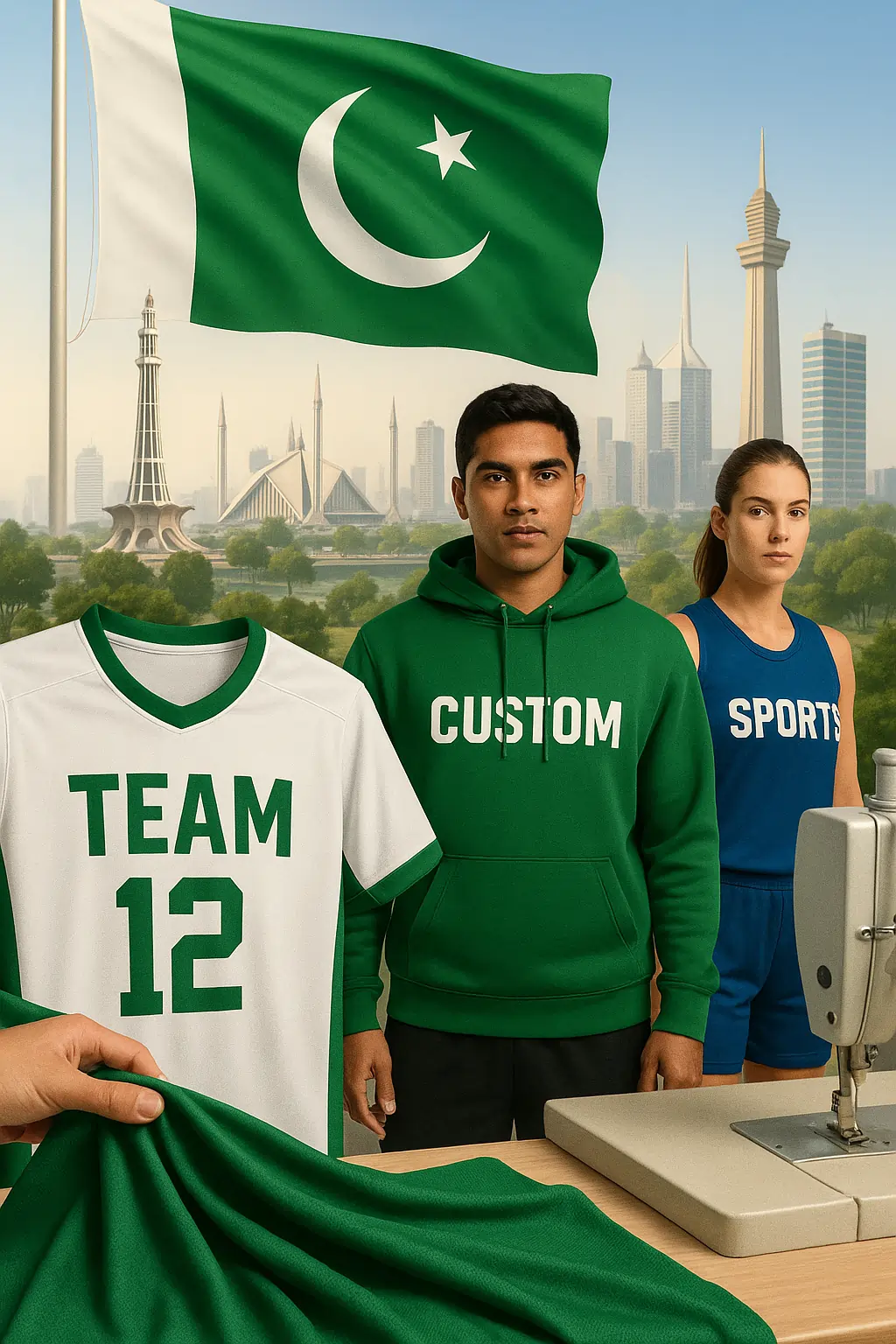
Customer Success Insights
What Our Clients Say?
Smart Solutions for Your Uniform Needs



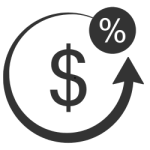
Ready to bring your sportswear vision to life?
Experience the premium custom sports uniforms and sportswear firsthand with a free sample! Simply cover the delivery charges, and we’ll send you a sample of our high-quality gear right to your door within 3–5 days.
Stay Updated with Friend Brothers Sports
Subscribe to our newsletter and be the first to know about new products, exclusive offers, and the latest in sportswear apparel. Whether you’re a team manager, retailer, or athlete, get updates and responses directly to your inbox.
We respect your privacy and never share your information.
Blog & Insights
Stay updated with the latest in athletic apparel trends, sustainable fashion using recycled materials, and tips on customization for your brand or business.

